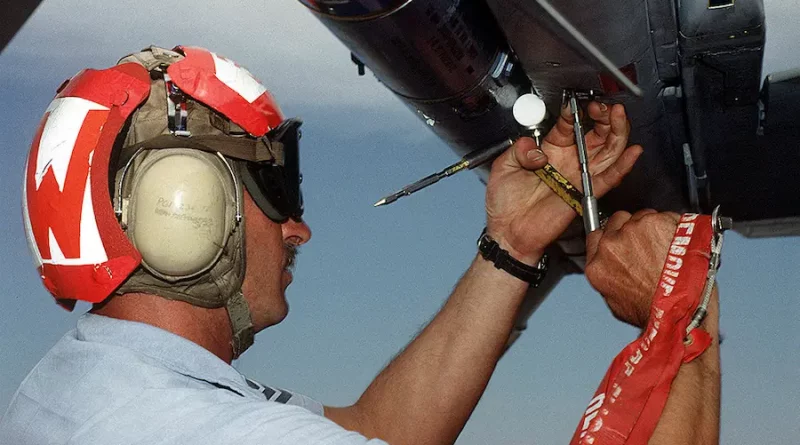Exploring the Importance of Airplane Fasteners in Aviation Safety
Airplane fasteners assemble detail parts into larger assemblies, installations, and aircraft. They connect primary and secondary structural areas and transfer loads from one part to another.
Most airplane fasteners have an AN or MS number that helps engineers identify them by size, type, and material composition. This article will explore the various types of aerospace hardware and why they are important for aviation safety.
Collars
Airplane fasteners are used to hold together different components of the plane. They come in a wide variety of shapes and sizes to fit unique parts of the aircraft. These fasteners are also incredibly strong and durable, making them perfect for the rigorous environment of airplanes.
Engineers consider many factors when choosing the correct type of aircraft fasteners. They need to determine if the joint will be under shear or tension. They must also know what types of loads will be transferred through the joint. This could include the load transferred from the engine to the tower or from the wing to the fuselage.
The most popular metal for producing aircraft fasteners in top fastener distributors is aluminum because of its high strength-to-weight ratio and corrosion resistance. However, it is still more expensive than steel. For this reason, engineers have found ways to cut costs without compromising on quality. One way is by using cold forging. This process uses impression die forging, circular dies, lubricants, and heat to produce the desired shape.
Another important aviation fastener is the safety wire, which helps secure screws, bolts, studs, and more. This is crucial in areas of the airplane that experience a lot of vibration.
Bolts
Airplane fasteners are designed to transfer loads between materials and across surfaces. They must be able to handle shear and tension stresses. The smallest deviation from an ideal fastener will have a massive impact on your aircraft’s structural integrity, so many factors go into designing the best possible hardware items for aviation.
For example, the threads of aerospace bolts are tighter and have a more precise fit than commercial hardware items, which is why aviation-grade screws are more expensive than your typical store-bought screw. The tighter fit also allows the bolts to transfer shear and tension forces better.
Another important consideration for airplane fasteners is that they must be made from highly durable materials. That means they have to be able to stand up to many physical challenges, like extreme temperatures, high vibrations and pressure, and even corrosion.
This is why titanium, Hastelloy, and Inconel are often used to make bolts and nuts in the aircraft industry.
Screws
With bolts and rivets being incredibly important to the overall performance of an aircraft, screws are also a crucial element for aviation structures. Screws are similar to bolts in that they are threaded but differ in material properties, design, and more. They typically have a much higher helix, and more pointed end and are constructed from stronger, lighter materials. They are used with a mating bolt or nut to help ensure they remain in place.
Airplane fasteners are constructed from many different metals and alloys, including aluminum, nickel-cobalt, and titanium. The metals chosen are typically those with high tensile strengths, hardness, and corrosion resistance to withstand the harsh environments found in aviation. These metals are forged through cold or warm forging, where the steel is heated and then allowed to cool slowly.
These fasteners can then be machined down, precision cut, and tapped for their specific application. They must be able to withstand the intense gravity pressures put on airplanes, so they must pass stringent quality examinations. Onsite operators do this with experience working with these special materials. These fasteners are the unsung heroes of aerospace engineering, and they keep every aspect of an aircraft together.
Visit the rest of the site for more interesting and useful articles.

